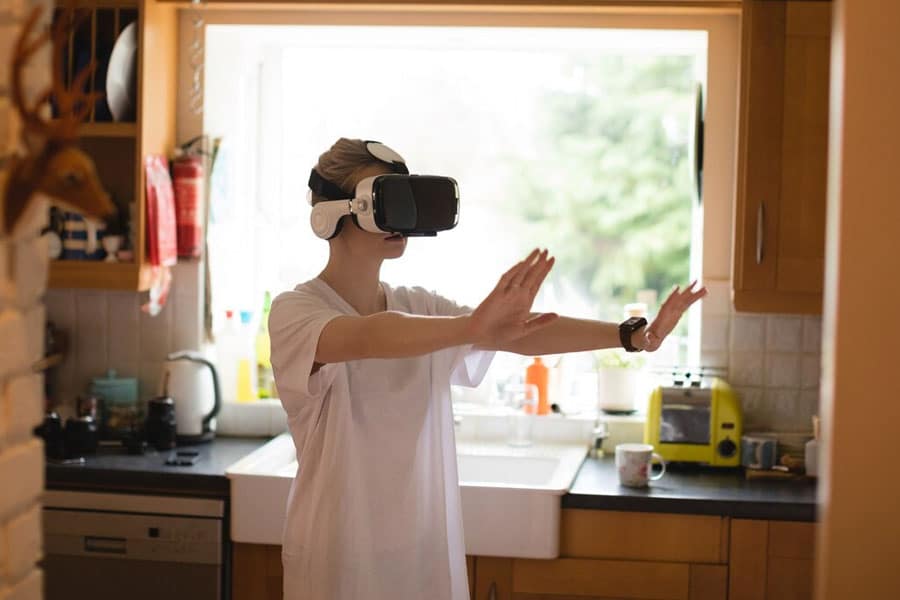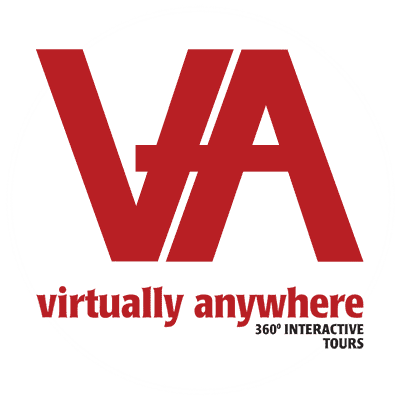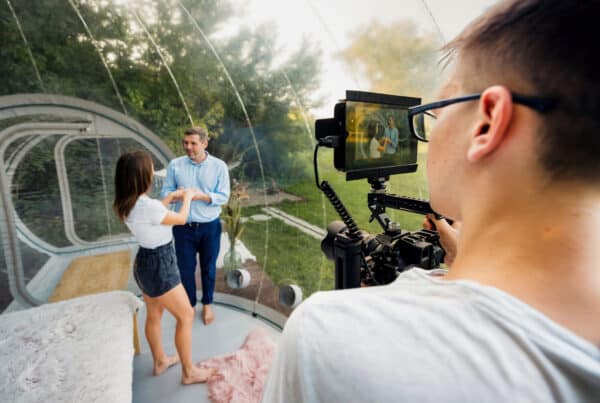
In today’s digital world, showcasing spaces and experiences through virtual means has become an essential aspect of many industries, from real estate and hospitality to education and tourism. Two popular methods of digital representation are virtual tours and video walk-throughs. While both offer unique advantages and serve similar purposes, they differ in execution and impact. In this article, we will delve into the differences between virtual tours and video walk-throughs to help you determine which option is better suited for your needs.
Understanding Virtual Tours
Virtual tours are interactive, 360-degree panoramic images that allow users to explore a space at their own pace. This type of content is highly immersive, enabling users to navigate through different areas and examine details as if they were physically present. Virtual tours can be enhanced with interactive features such as clickable hotspots, informational tags, and multimedia elements like audio or video.
Key Features of Virtual Tours:
Interactivity: Virtual tours allow users to explore and interact with the space, providing a more engaging experience. Users can click on different areas to move through rooms and focus on points of interest.
Immersive Experience: By offering 360-degree views, virtual tours create an immersive experience that mimics a physical visit. Users can look around, zoom in, and feel as though they are within the space.
Customizable Elements: Virtual tours can include interactive elements such as embedded videos, audio narrations, and pop-up information to enhance the user experience and provide additional context.
Accessibility: Virtual tours are accessible from various devices, including desktops, tablets, and smartphones. This flexibility allows users to access the tour anytime, anywhere.
Understanding Video Walk-Throughs
Video walk-throughs are pre-recorded videos that guide viewers through a space, similar to a virtual tour but in a linear format. The camera captures footage as it moves through the space, providing viewers with a visual representation of the environment.
Key Features of Video Walk-Throughs:
Linear Experience: Video walk-throughs offer a linear, guided experience. Viewers follow the camera as it moves through the space, which provides a coherent narrative and perspective.
Professional Quality: Videos can be professionally produced with high-quality footage, editing, and narration to deliver a polished and cinematic presentation.
Storytelling Potential: Video walk-throughs have a strong storytelling potential, as they can incorporate voiceovers, background music, and visual effects to convey a specific mood or atmosphere.
Ease of Sharing: Videos are easy to share across various platforms, including social media, websites, and email, making them an effective tool for reaching wider audiences.
Comparing Virtual Tours and Video Walk-Throughs
When choosing between virtual tours and video walk-throughs, several factors come into play. Let’s examine these key considerations to help determine which option might be better for your needs.
1. User Experience
Virtual Tours: Offer a highly interactive and immersive user experience. Users have control over their navigation and can explore the space at their own pace. This interactive element encourages engagement and can create a lasting impression on users.
Video Walk-Throughs: Provide a guided experience that follows a specific path. While they lack the interactivity of virtual tours, they can offer a seamless narrative that guides viewers through the space with intention and coherence.
2. Level of Detail
Virtual Tours: Allow users to examine spaces in detail, thanks to their 360-degree views and zoom capabilities. This can be particularly beneficial for showcasing intricate design elements or highlighting specific features.
Video Walk-Throughs: Offer a visual overview but may not capture as much detail as virtual tours. However, skilled editing and camera work can still effectively highlight important aspects of the space.
3. Interactivity
Virtual Tours: Highly interactive, with clickable hotspots, embedded multimedia, and customizable elements. This interactivity can enhance user engagement and provide a more dynamic experience.
Video Walk-Throughs: Limited interactivity, as viewers follow a predefined path. While they lack the interactive features of virtual tours, they can still be engaging through storytelling and professional production techniques.
4. Production and Cost
Virtual Tours: Can be more complex to produce, requiring specialized equipment and software. However, the ability to create interactive elements and customizations adds value to the investment.
Video Walk-Throughs: Generally easier and faster to produce, as they involve capturing footage and editing it into a cohesive video. Costs may vary depending on the level of production quality and professional involvement.
5. Audience Engagement
Virtual Tours: Tend to have higher engagement levels due to their interactive nature. Users spend more time exploring and interacting with the space, which can lead to increased interest and inquiries.
Video Walk-Throughs: Can engage viewers through storytelling and cinematic presentation. While they lack the interactivity of virtual tours, they can still capture attention with compelling visuals and narratives.
6. SEO and Visibility
Virtual Tours: Can enhance local SEO by improving Google Business Profile listings and providing rich media content that attracts search engines. The interactivity and uniqueness of virtual tours can contribute to higher search rankings.
Video Walk-Throughs: Effective for SEO when optimized with keywords, titles, and descriptions. Videos can be shared across platforms like YouTube and social media, increasing visibility and reach.
7. Technical Requirements
Virtual Tours: Require specialized equipment for capturing 360-degree images, as well as software for creating and hosting the tour. Technical expertise may be needed to ensure a seamless experience.
Video Walk-Throughs: Require standard video equipment and editing software. Production quality can vary based on the level of equipment and expertise involved.
8. Target Audience
Virtual Tours: Ideal for audiences seeking an immersive and interactive experience. They appeal to users who want to explore spaces in detail and have the freedom to navigate as they please.
Video Walk-Throughs: Suitable for audiences who prefer a guided experience with a clear narrative. They can be effective for storytelling and creating a specific atmosphere or mood.
9. Purpose and Goals
Virtual Tours: Best suited for showcasing detailed and complex spaces where users benefit from exploring at their own pace. They are ideal for industries like real estate, museums, and hospitality.
Video Walk-Throughs: Effective for conveying a cohesive story or atmosphere, making them suitable for marketing campaigns, promotional content, and storytelling.
Conclusion: Which Is the Better Option?
Ultimately, the decision between a virtual tour and a video walk-through depends on your specific goals, audience, and budget. Both options have unique advantages and can serve different purposes effectively.
Choose a Virtual Tour if: You prioritize interactivity and immersion, want to showcase detailed spaces, and aim to engage users with an interactive experience. Virtual tours are ideal for industries like real estate, tourism, and education, where user engagement and exploration are key.
Choose a Video Walk-Through if: You seek a linear, guided experience with storytelling potential, prioritize ease of production and sharing, and want to convey a specific mood or narrative. Video walk-throughs are well-suited for marketing campaigns, promotional content, and situations where a cohesive visual presentation is essential.
Consider the specific needs of your business or project and evaluate how each option aligns with your objectives. By carefully assessing the advantages and limitations of virtual tours and video walk-throughs, you can make an informed decision that best serves your audience and achieves your goals.
Deciding between a virtual tour and a video walk-through? Virtual tours offer interactive exploration, while video walk-throughs provide guided storytelling. Each serves different needs for real estate, tourism, and education. Contact us today to find the best solution for your audience and create an engaging visual experience!




